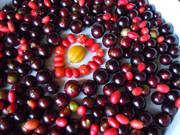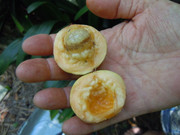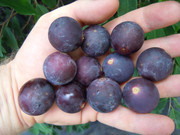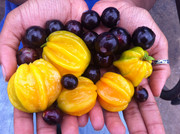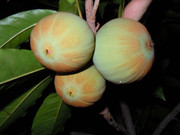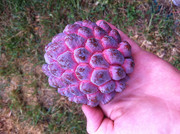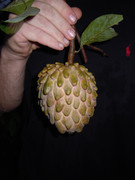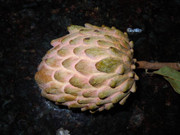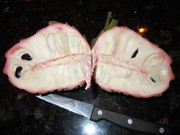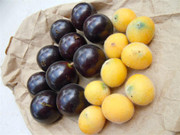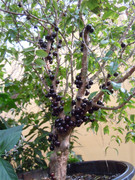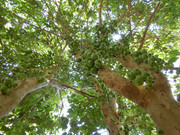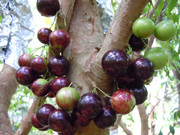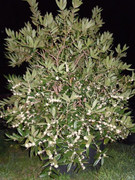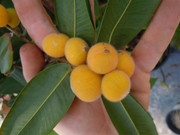Hi,
I am growing tropical fruit trees indoors in England, UK. Hardly a tropical climate, I know, but I have to make do with what I have, unless I emigrate to sunnier climes. Among others, I have a 7ft tall 3 year old seed-grown carambola (not sure exactly which variety, but it was grown from a grocery store fruit imported into the UK from Thailand or Malaysia, if I recall correctly), a seed-grown grocery store lemon (variety:' Primofiore'), and a recently acquired grafted bergamot orange (c. berrgamia), which has recently finished flowering (only 1 flower, but it's a start).
Yes, I know that my seed-grown containerised trees may not bear fruit for some time yet, or if they manage to do so at some point in the future, the fruit may not be true to type, but I am keeping my seed grown lemon and starfruit for sentimental reasons. Anyhow, the leaves of my seed-grown lemon are deliciously fragrant when crushed. Plants grown from store-bought fruit first got me into this hobby; nowadays, however, I am more interested in getting fruit, so I try to hunt down grafted fruit trees.
I am also growing Ceylon cinnamon, Arabica coffee, tea tree (melaleuca), sapodilla, tea (camellia sinsensis), miracle berry, and the ultra-tropical soursop/graviola, all of which are very young plants and have a lot of growing up to do.
My plants are gown under two T5 HO growlights: one 216W and one 432W, 33,200 lumens, 6,500 Kelvin. Light intensity at a distance of 30cm (1ft) away from the tubes is 20,000 lux. Whilst these growlights are very good for seedlings, I feel that they are not strong enough for getting containerised fruit trees to mature and bear fruit. The pale, straggly new growth with long internodes on my lemon and bergamot is probably indicative that the light they're getting is not enough.
Would you recommend that I switch over to a 400W metal halide or a powerful LED? The disadvantage of Metal Halide is the excess heat, which is why I would opt to have a few 400W units than a single powerful 1000W unit. If cost was not an issue, I would go for a powerful (400W and upwards) LED unit. I have heard good reviews of Black Dog LED (in fact, one guy on this forum has managed to get his carambolas and miracle berry plants to bear fruit under them), but this particular brand of LED is not available here in the UK. I am cautious about buying LED lights from Ebay- the poor grammar and spelling errors of the China-based suppliers only serves to embolden my suspicion that I would be paying a lot of money for useless junk that is no better than T5 fluorescents or CFL's
My plants get some natural sunlight from my west-facing window, but it is nowhere near enough as being outside in a greenhouse. Unfortunately, I don't currently have the outdoor space for a greenhouse, but I do have the option of putting my containerised plants outside during the summer months to soak up as much sun as they can. It's the best I can do when I am stuck with living in a Northerly latitude (if I had the opportunity, I would move to somewhere like Florida in an instant! You equatorial growers are lucky!).
One thing my plants do get a lot of is humidity- thanks to the clear plastic growtent, which traps moisture.




























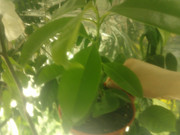
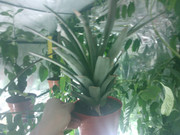
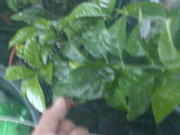

 Whereas even the weak light of the evening sunset registers very strongly on my light meter!
Whereas even the weak light of the evening sunset registers very strongly on my light meter! 

